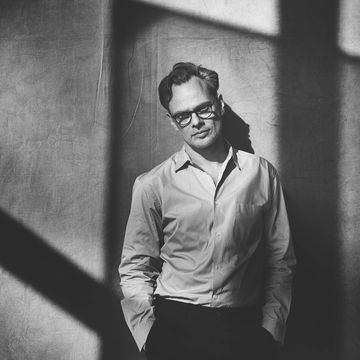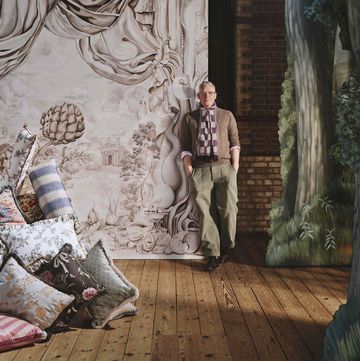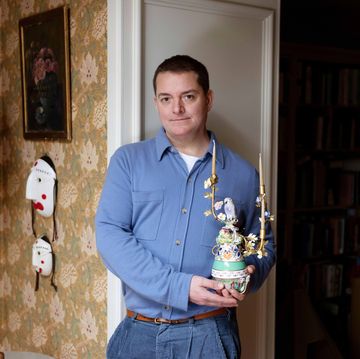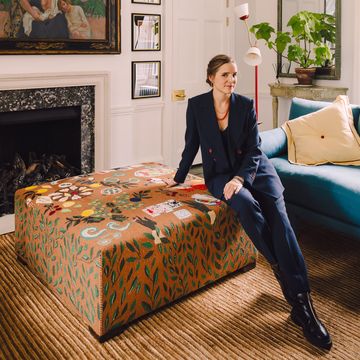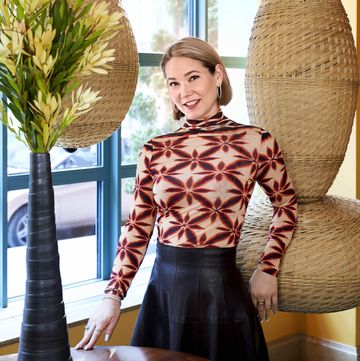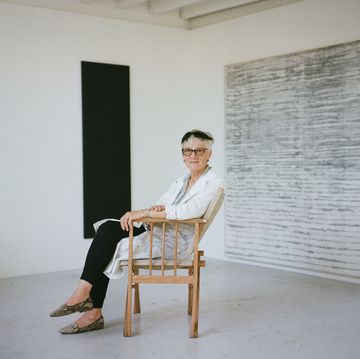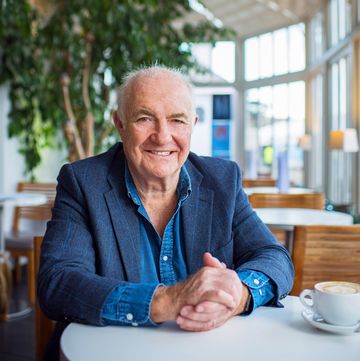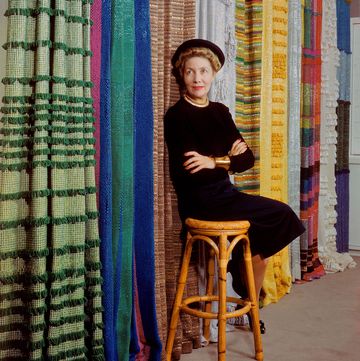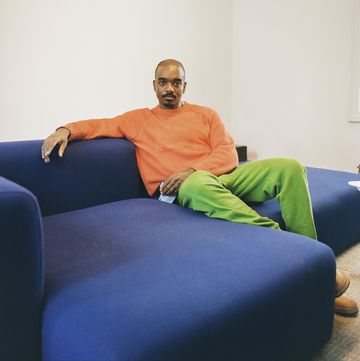‘The moment it’s loudly announced that red is in fashion, I want to dress in green,’ Gae Aulenti (1927-2012) once said. It reflected her lifelong determination to go her own way.
Born Gaetana Aulenti in the small north-eastern Italian town of Palazzolo dello Stella, she defied her parents’ wish that she become a ‘nice society girl’ and left to study architecture at Milan Polytechnic. After graduating in 1954, one of only two women in a class of 20, she joined architecture magazine Casabella as art director and became a vocal champion of the Neo-Liberty movement, which rejected the dogma of Modernism and advocated a revival of individuality and craft.
Aulenti insisted that designers should have freedom of expression, never being limited to one style or medium. Accordingly, she designed buildings, furniture, lighting, stage sets, interiors and graphics.
Of her product designs, many are still being made, notably the classic ‘Pipistrello’ lamp, created in 1965 for Martinelli Luce. The design has a slightly Art Nouveau feel, whereas Aulenti’s lighting for Fontana Arte shows her penchant for precise geometric shapes – the ‘Giova’ lamp, a series of intersecting circles, is a case in point.
Her ‘Tavolo con Ruote’, created after she became Fontana Arte’s art director in 1979, is a tribute to the company’s glassmaking tradition, taking the humble wooden trolley used to transport objects across the factory floor and reinventing it in pristine glass, with industrial castors fully visible.
As an architect, Aulenti’s career was equally diverse. She applied her instinct for theatrical display to store designs for Fiat, placing cars on race tracks, and Olivetti, where space-age lacquered platforms and mirrored steps provided a foil for its colourful typewriters.
Her most controversial project, though, was the Musée d’Orsay in Paris (1980-86). It converted the cavernous Gare d’Orsay railway station, built in 1900, into a showcase for French art. Aulenti left the barrel-vaulted ceiling to speak for itself and punctuated the floor with monumental stone walls and metal-mesh screens.
It was rugged and robust – the critics hated it, but visitors queued around the block. Today, it looks like a masterclass in how to reinvent an historical building.
Aulenti clearly enjoyed the tension between old and new: she subsequently adapted the imposing 18th-century Palazzo Grassi in Venice as an art gallery (1985-86). Similarly, her 1972 project La Grotta Rosa, a house on Italy’s Amalfi Coast, placed simple, modern design inside a natural cave formation.
‘My advice to whoever asks me how to make a home is to not have anything, just a few shelves for books, some pillows to sit on,’ she explained. ‘And then, to take a stand against the ephemeral, against passing trends... and to return to lasting values.’
‘Gae Aulenti: A Creative Universe’ is on show at the Vitra Design Museum until 18 April 2021, design-museum.de/en
This article first appeared in ELLE Decoration September 2020
Like this article? Sign up to our newsletter to get more articles like this delivered straight to your inbox.
Keep your spirits up and subscribe to ELLE Decoration here, so our magazine is delivered direct to your door.





